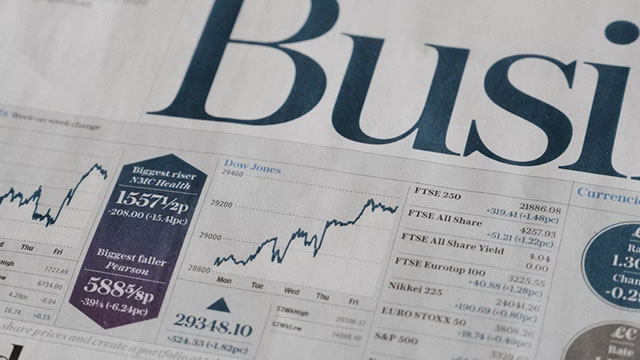The Looming Inflation Conundrum: A New Challenge for Americans
Americans have been grappling with the effects of inflation for months, with prices of essential goods and services steadily rising. However, there was a glimmer of hope earlier this month when data showed a slight decrease in inflation rates. But, as we delve deeper into the economic landscape, it appears that relief might be short-lived.
The Fed’s Preferred Inflation Gauge: PCE Index
The Federal Reserve closely monitors several inflation indicators, but its preferred measure is the Personal Consumption Expenditures (PCE) price index. This index tracks the prices of goods and services purchased by consumers, including food, housing, and transportation. The latest data release on Friday, October 14, is expected to reveal whether the recent decrease in inflation was a temporary blip or a more sustained trend.
Expected Inflation Data: A Reversal of Fortunes
Economists and financial analysts are bracing themselves for a potential reversal of the recent downward trend in inflation rates. The consensus forecast suggests that the PCE price index will have risen by 0.4% in September, following a 0.1% increase in August. If these predictions hold true, it would mean that inflation remains stubbornly high and continues to erode purchasing power for American consumers.
Impact on Consumers: Higher Costs and Reduced Purchasing Power
-
Higher prices for everyday essentials like food, housing, and transportation will continue to put pressure on household budgets.
-
Reduced purchasing power means that Americans will have to save more or work longer hours to maintain their standard of living.
-
The uncertainty surrounding inflation can also lead to anxiety and financial stress, which can negatively impact mental and emotional wellbeing.
Impact on the World: Global Economic Ripple Effects
The implications of persistent high inflation in the United States extend far beyond its borders. Other countries may experience similar inflationary pressures as a result of supply chain disruptions, geopolitical tensions, and other economic factors.
-
Higher inflation in the US can lead to a stronger US dollar, making American exports more expensive for foreign buyers and potentially reducing demand for US goods.
-
Central banks in other countries may be forced to raise interest rates to combat inflation, which can slow economic growth and increase borrowing costs for businesses and consumers.
-
Persistent inflation can also lead to geopolitical tensions and instability as countries compete for resources and struggle to maintain their economic positions.
Conclusion: Navigating the Complexities of Inflation
The latest inflation data from the Federal Reserve offers a sobering reminder that the economic challenges facing Americans are far from over. While a temporary decrease in inflation rates provided a brief respite, the looming threat of persistently high inflation remains a significant concern. As consumers and global citizens, it is crucial that we stay informed and adapt to the changing economic landscape. By understanding the potential impacts on both our personal lives and the global economy, we can better navigate the complexities of inflation and work towards a more stable and prosperous future.
Stay informed and stay resilient.





